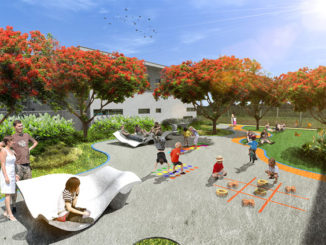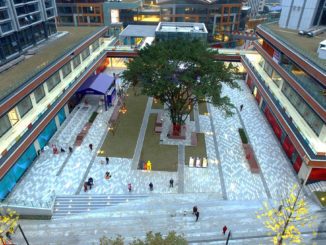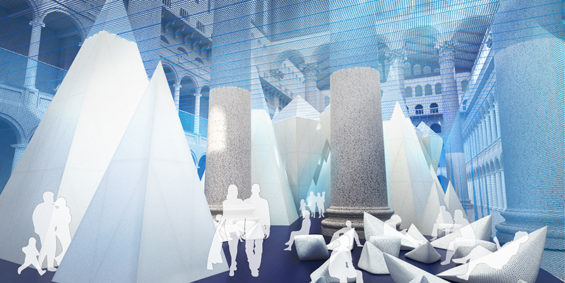
James Corner Field Operations temporary installation ICEBERGS opened at the National Building Museum in Washington D.C. on July 2 and can be viewed until September 5.
ICEBERGS speaks to current themes in landscape representation, physical experience, geometry and construction.

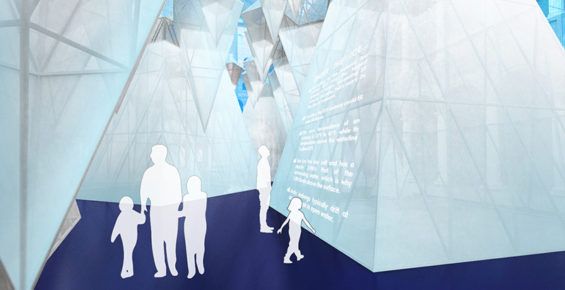
As landscape representation, ICEBERGS invokes the surreal underwater-world of glacial ice fields. Such a world is both beautiful and ominous given our current epoch of climate change, ice-melt and rising seas. As physical experience, the installation creates an ambient field of texture, movement and interaction, as in an unfolding landscape of multiples, distinct from a static, single object. As geometry, it speaks to the mathematics of triangles and parallelograms in folded combinations. As construction, it describes a method of assembly made from multiple pre-fabricated units.
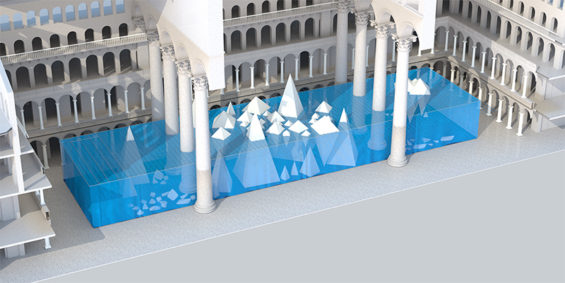
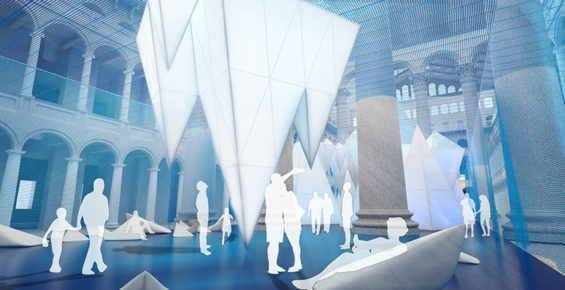
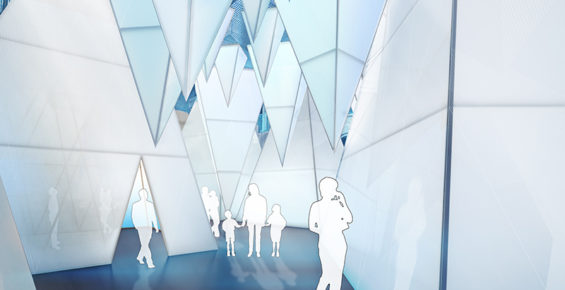
In the context of the National Building Museum, ICEBERGS is about building, assembly, materials, spatial experience, design and imagination. In the context of public space and visitation, the installation provides an interactive and playful space of respite and reflection, with cooler temperatures, chunky bean-bags and shaved-ice refreshments, set in stark contrast to the hot, humid world of Washington DC summer outside.
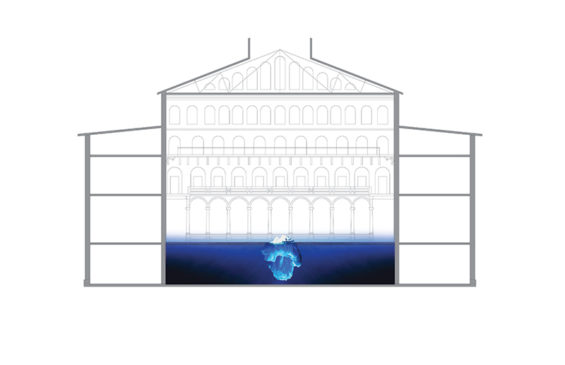
The installation comprises over 30 prismatic triangular pentahedrons and octahedrons from translucent polycarbonate panels and ranging in height from 16-feet to 56-feet. Some are suspended from the ceiling and appear to float. The shards are contained within a large triangular enclosure and ceiling datum framed by a huge blue net. A number of triangular shaped bean-bags are informally distributed on the floor.
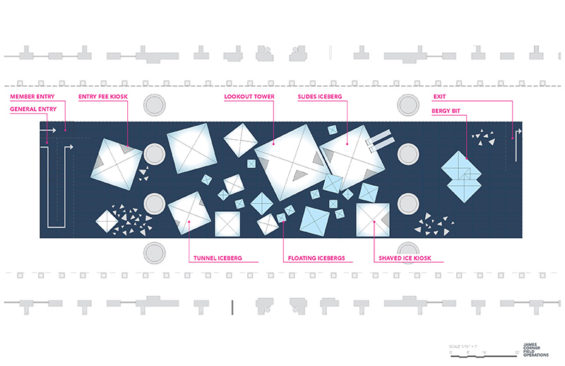
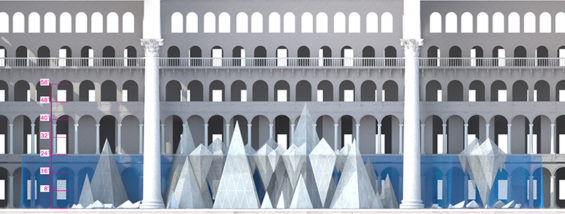
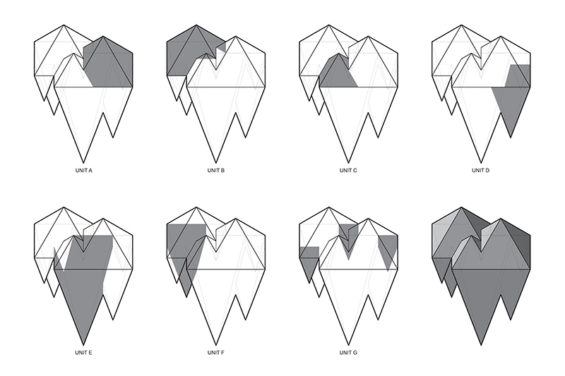
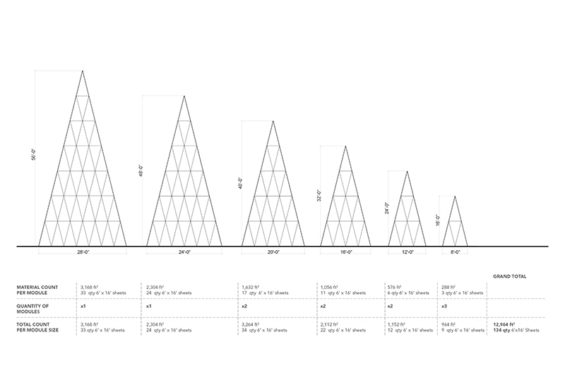
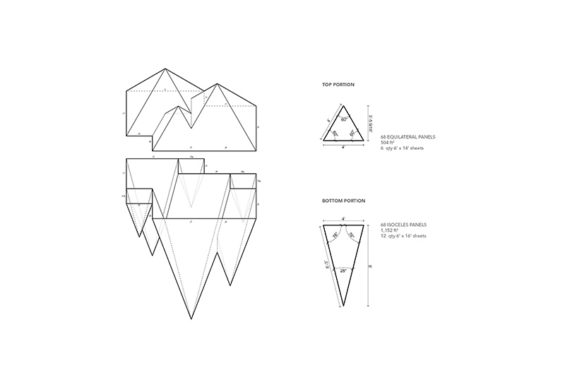
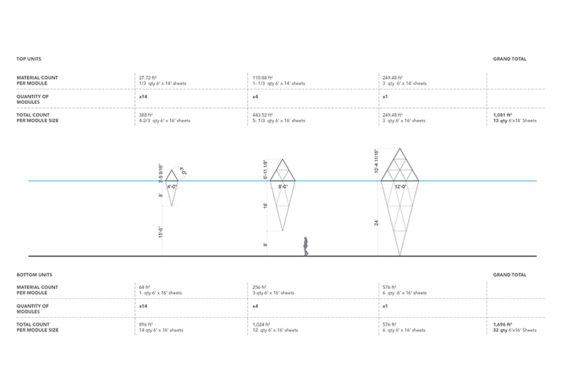
ICEBERGS | National Building Museum, Washington, D.C.
Summer 2016 (temporary installation, July 2–September 5)
Size | 13,000 sf (232’ x 56’)
Role| designer
Client| National Building Museum
Project Team:
Project Lead, Concept, Implementation
James Corner, RLA, Founder and Design Director
Isabel Castilla, Senior Associate
Cricket Day, Designer
Image Credit | © James Corner Field Operations, Courtesy National Building Museum


